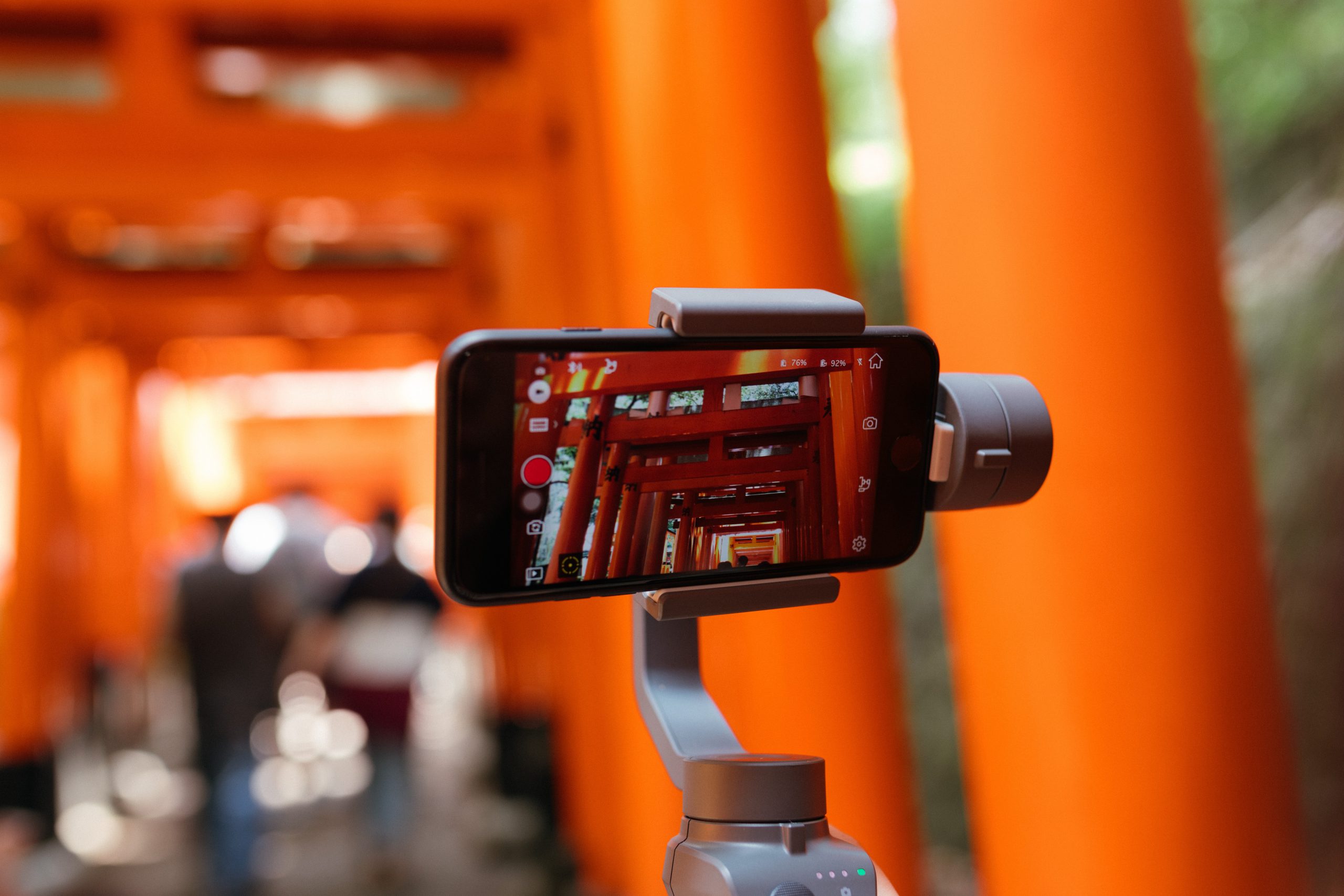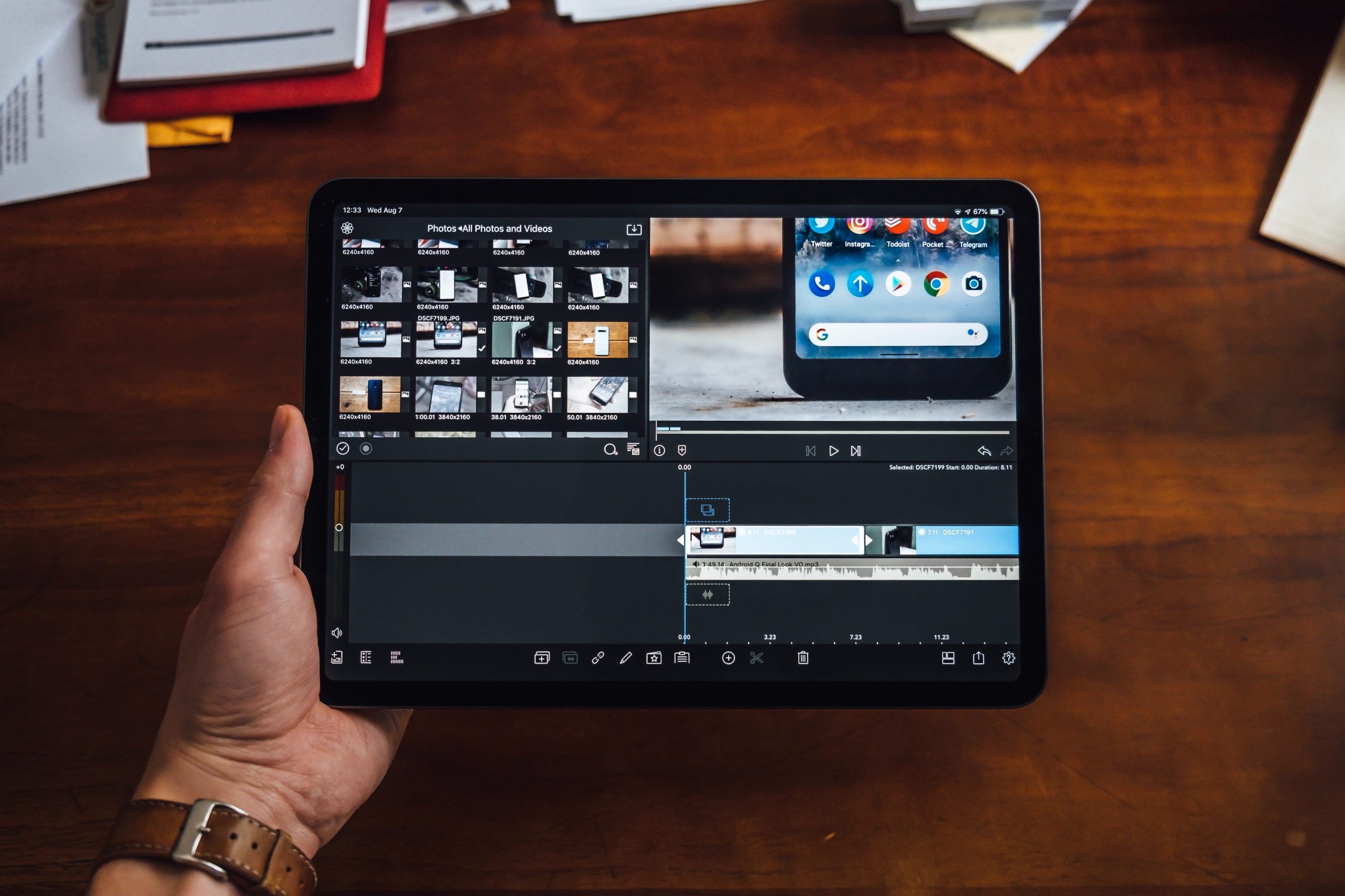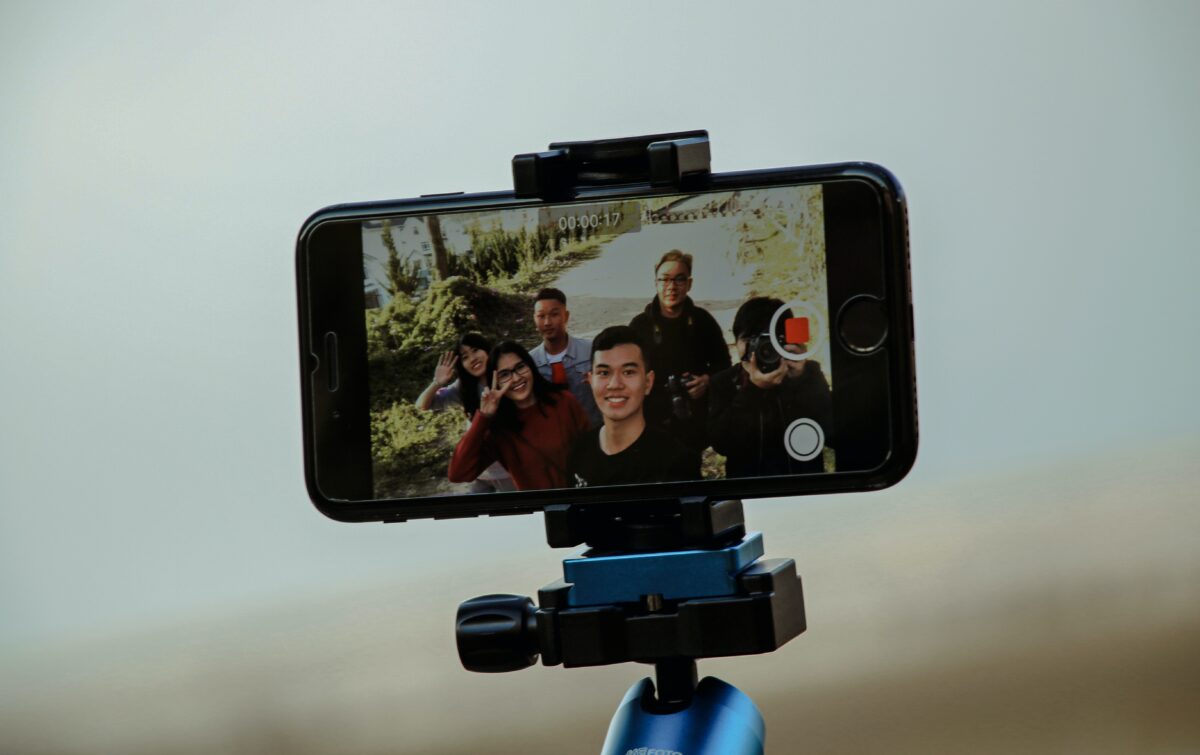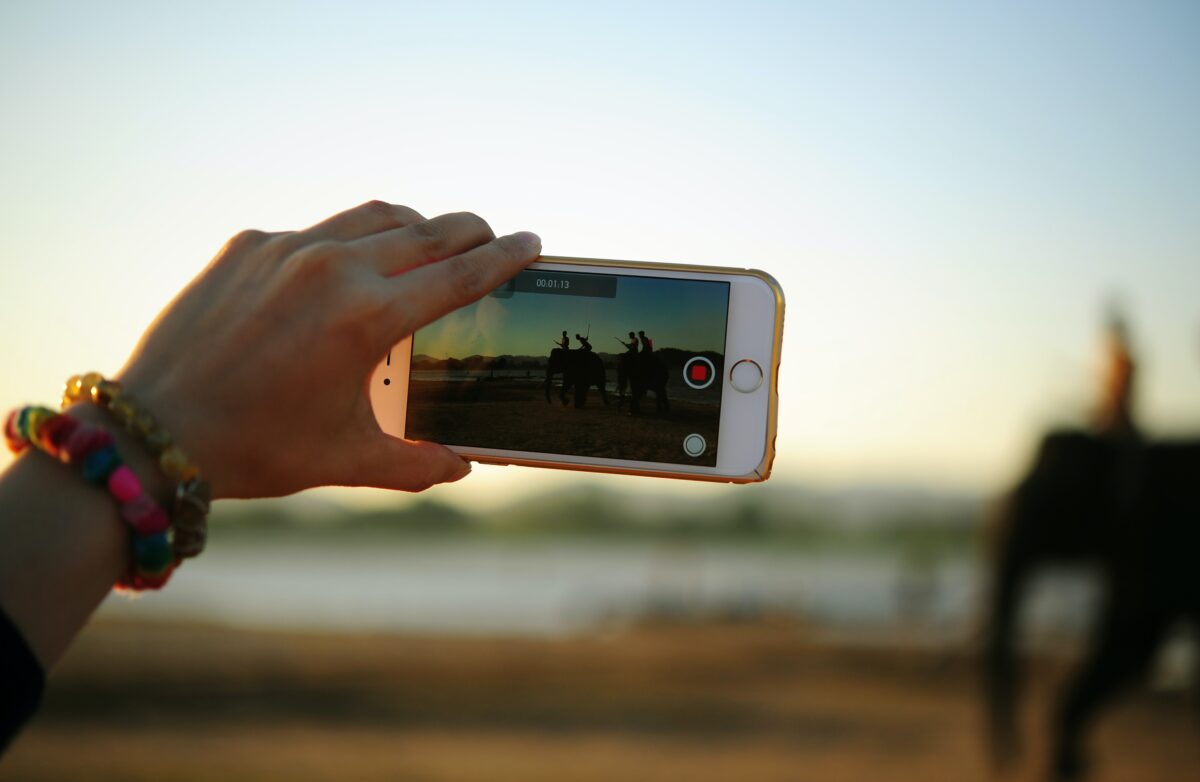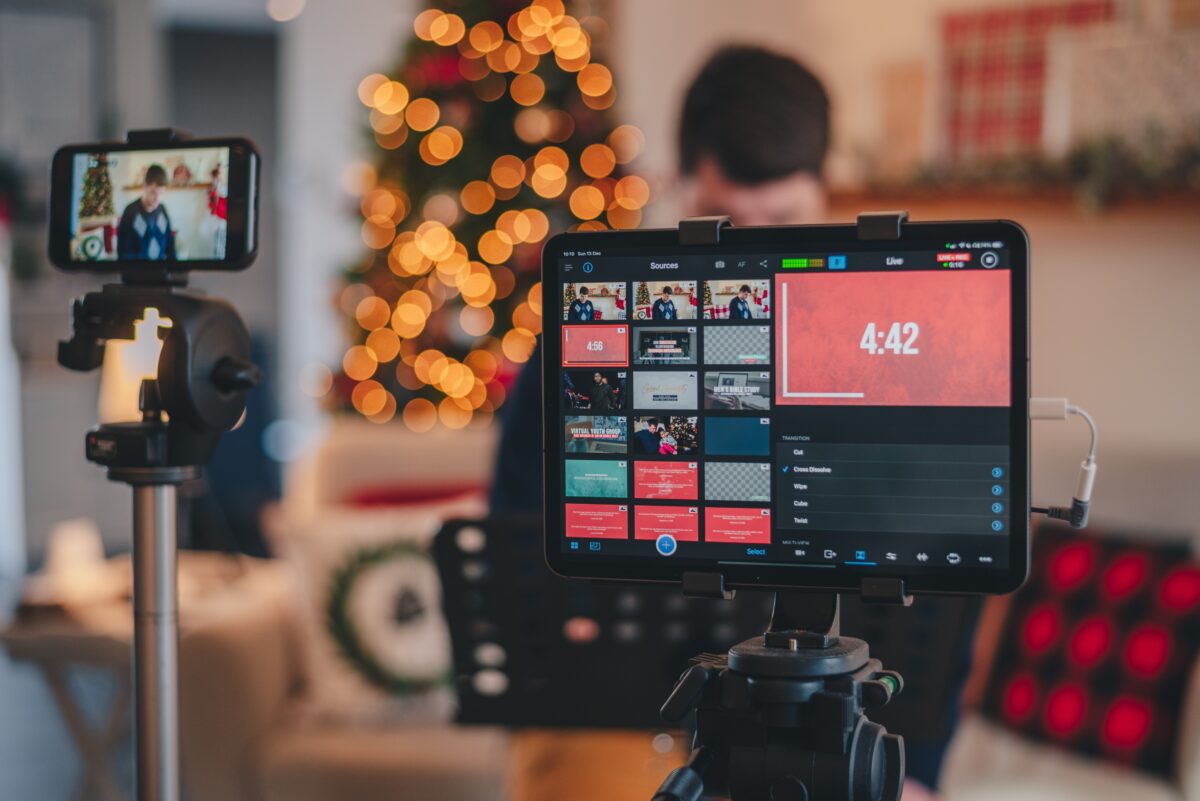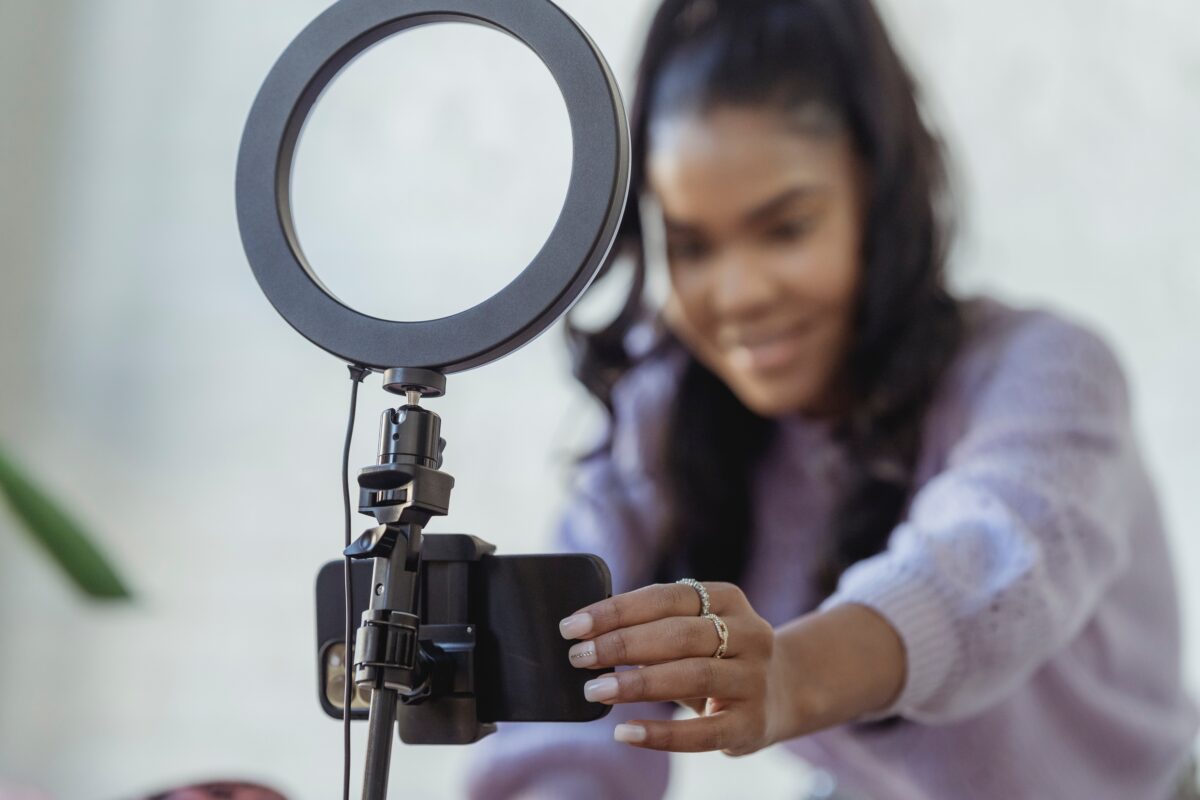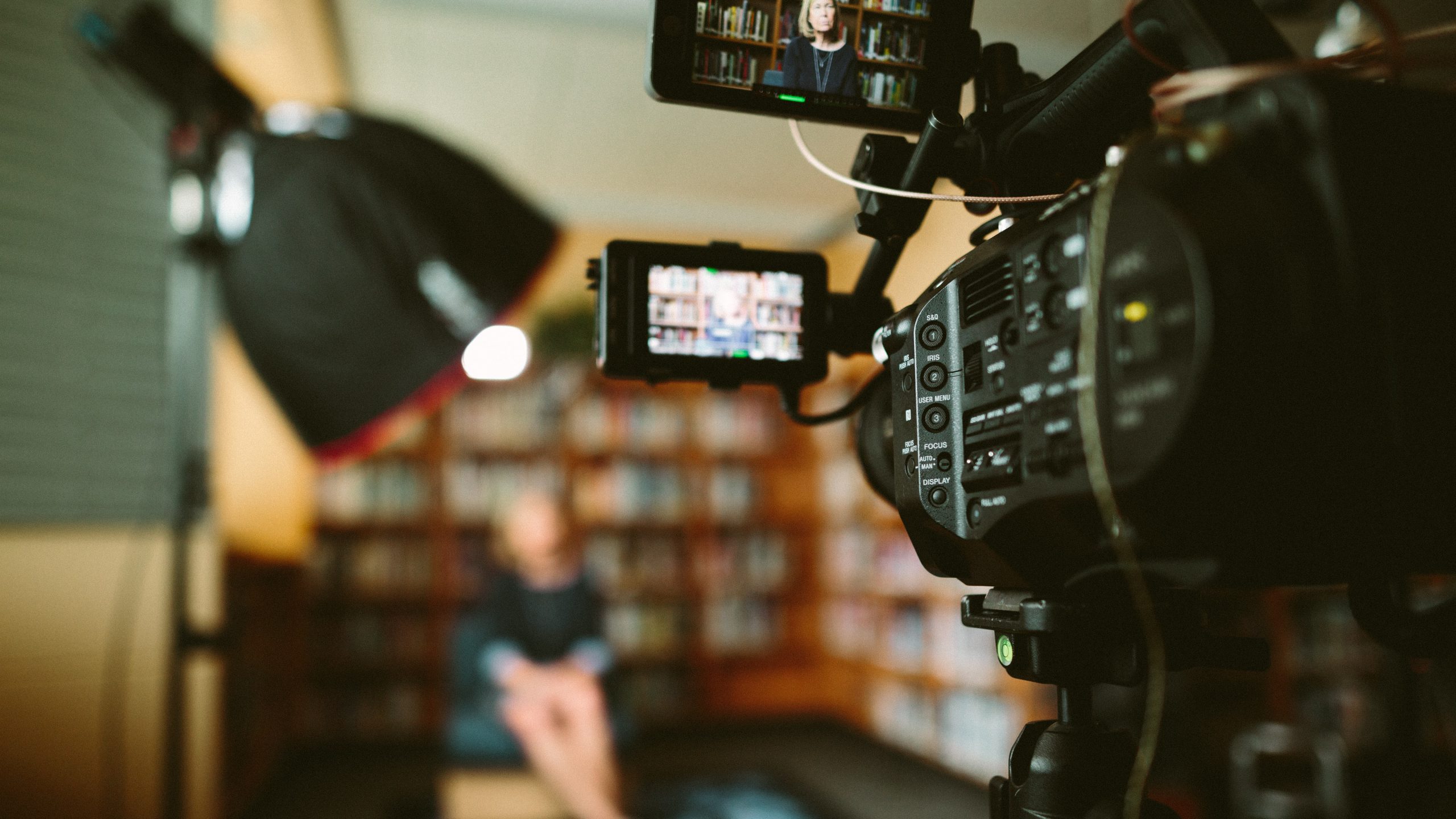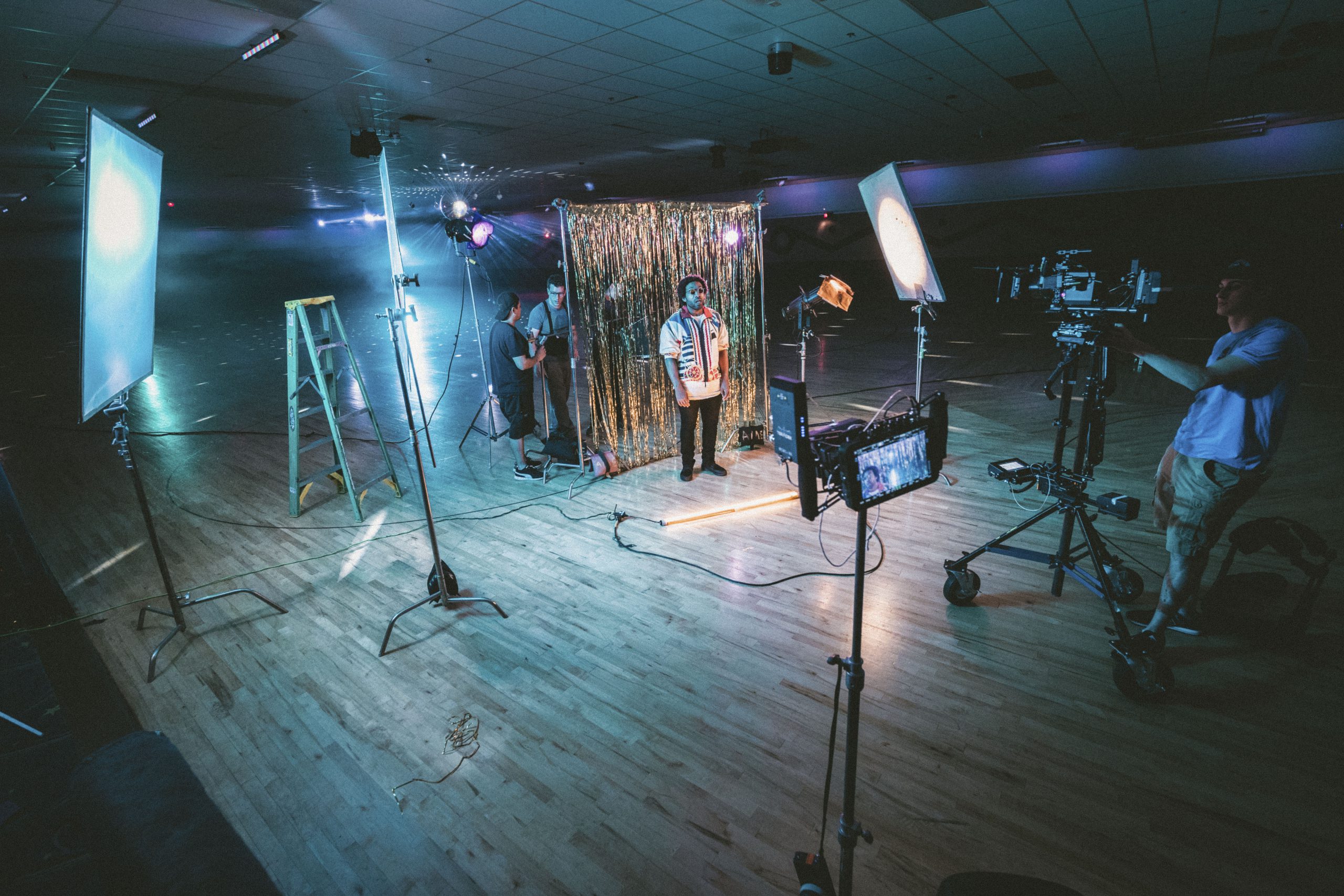As a small business owner, you have to wear many hats, and unless you’re a production company, creating videos to market your business probably wasn’t on your list. However, multimedia (now more than ever) can help tell your story and reach new audiences. About 85 … Continue reading “5 reasons why your small business should create more videos”
Discover the best: Top 21 video editing software of 2023
Video editing software is the cornerstone of modern multimedia creation, empowering creators to transform raw footage into polished masterpieces. Whether you’re a professional filmmaker, a content creator, or a social media enthusiast, the right video editing software can elevate your content to new heights. And, … Continue reading “Discover the best: Top 21 video editing software of 2023”
Facebook and Instagram Reels explained
Facebook Reels and Instagram Reels are new features you’ve likely noticed on Facebook, Instagram or both. You might be wondering what it is and how you can use this for your marketing. What are Facebook Reel and Instagram Reels? Reels is a feature where users … Continue reading “Facebook and Instagram Reels explained”
10 types of videos you can use in your franchise marketing strategy
Videos matter. And they should for your franchise business as well. In fact, about 92 percent of marketers say that videos are an important part of their marketing strategy. See our five reasons why your business should consider creating more video content. If you’re just … Continue reading “10 types of videos you can use in your franchise marketing strategy”
5 reasons why your franchise should create more videos
As a franchise owner, you have to wear many hats, and unless you’re a production company, creating videos to market your franchise probably wasn’t on your list. However, multimedia (now more than ever) can help tell your story and reach new audiences. About 85 percent … Continue reading “5 reasons why your franchise should create more videos”
Is your franchise live-streaming? 12 tips to look professional
During the COVID-19 pandemic, live streaming and video chat became not just convenient but critical mediums of communication and content delivery. And that continues today. Is your franchise live-streaming? If not, it’s not too late to get started! But before you dive headfirst into live-streaming … Continue reading “Is your franchise live-streaming? 12 tips to look professional”
Going live: 7 tips for any social media platform
Going live on any social media platform can feel intimidating, but if you let fear keep you away from live videos, you’re missing out on an ample opportunity. Live videos capture attention between 10 and 20 times longer than prerecorded, on-demand content, while more than … Continue reading “Going live: 7 tips for any social media platform”
10 types of videos you can use in your marketing strategy
Videos matter. In fact, about 92 percent of marketers say that videos are an important part of their marketing strategy. See our five reasons why your business should consider creating more video content. If you’re just getting into video creation for your brand, it might … Continue reading “10 types of videos you can use in your marketing strategy”
Live streaming: 12 tips for your business to look professional
During the COVID-19 pandemic, live streaming and video chat became not just convenient but critical mediums of communication and content delivery. That value continues today. Are you live-streaming for your business? If not, it’s never too late to get started! But before you dive headfirst … Continue reading “Live streaming: 12 tips for your business to look professional”
